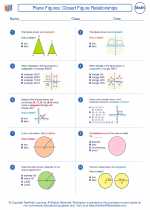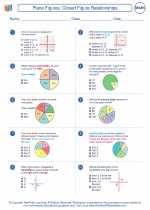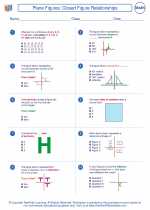Remainder
In mathematics, the remainder is the amount left over when one integer is divided by another. When we divide one number by another, the result is called the quotient, and the number left over is called the remainder. The remainder is always less than the number we are dividing by.
How to Find the Remainder
To find the remainder when dividing one number by another, we can use the modulo operator, represented by the symbol "%". For example, when we divide 10 by 3, the remainder is found by using the modulo operator as follows:
10 % 3 = 1
So, the remainder when dividing 10 by 3 is 1.
Examples
Let's take a few examples to understand how to find the remainder:
1. When dividing 15 by 4:
15 % 4 = 3
So, the remainder is 3.
2. When dividing 25 by 7:
25 % 7 = 4
So, the remainder is 4.
Study Guide
Here are the key points to remember about remainders:
- The remainder is the amount left over when one integer is divided by another.
- The remainder is always less than the divisor (the number we are dividing by).
- We can find the remainder using the modulo operator, represented by the symbol "%".
- The formula to find the remainder is: dividend % divisor = remainder
- When performing long division, the remainder is the number left over after the division is complete.
It's important to practice finding remainders in different division problems to become comfortable with the concept.
Now that you understand the concept of remainders, you can practice solving problems involving division and remainders to strengthen your understanding.
.◂Math Worksheets and Study Guides Seventh Grade. Plane Figures: Closed Figure Relationships

 Worksheet/Answer key
Worksheet/Answer key
 Worksheet/Answer key
Worksheet/Answer key
 Worksheet/Answer key
Worksheet/Answer key
